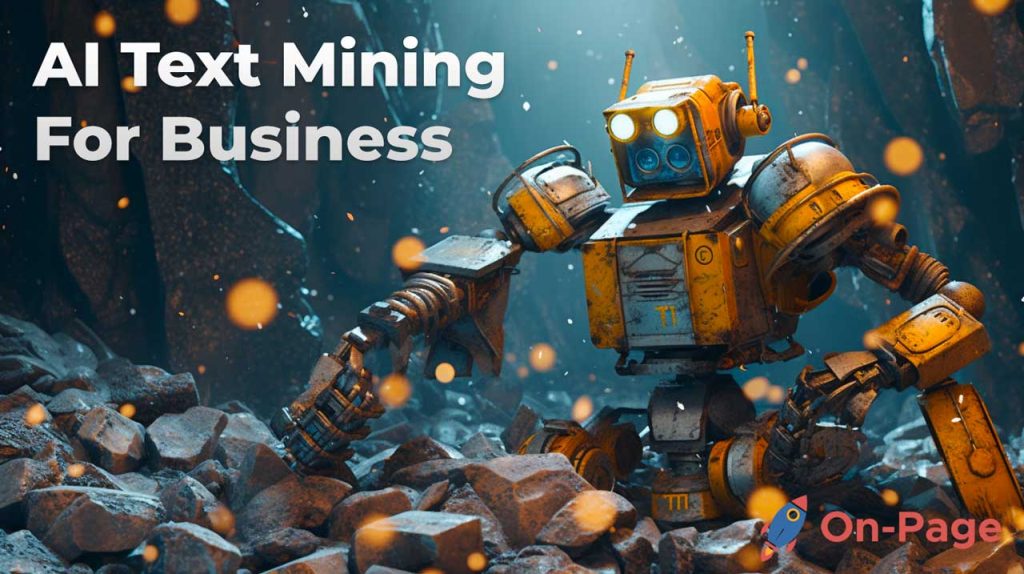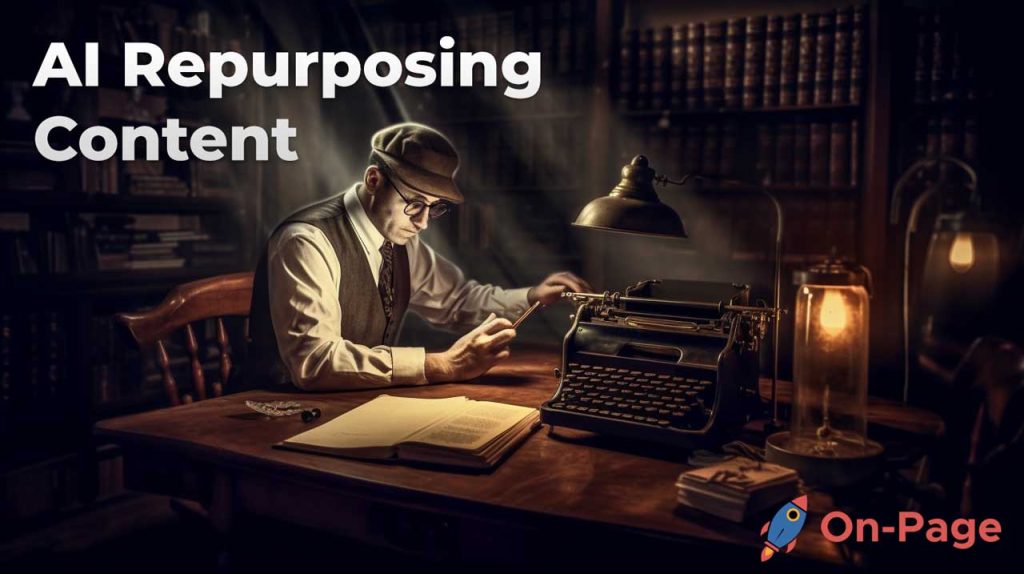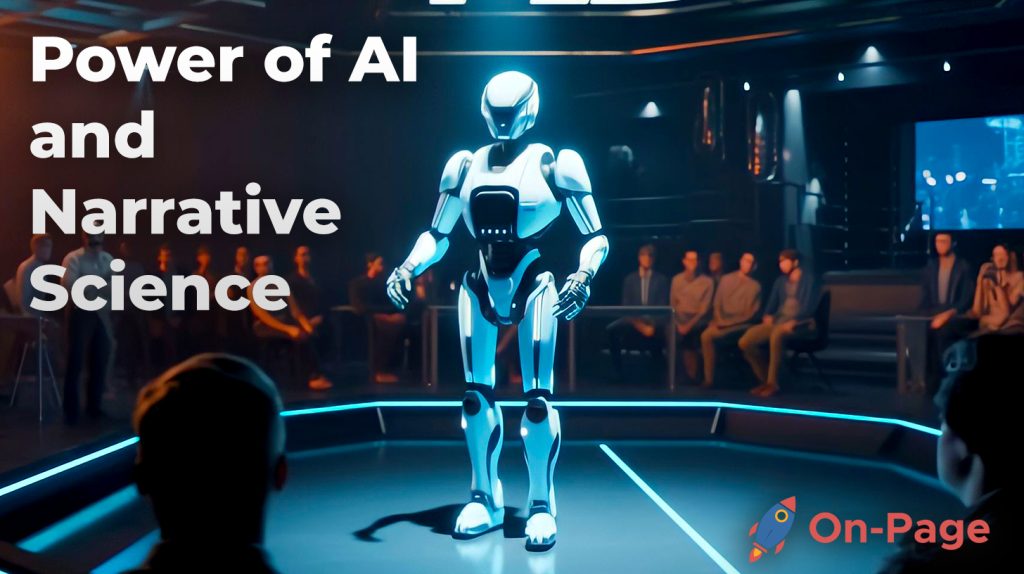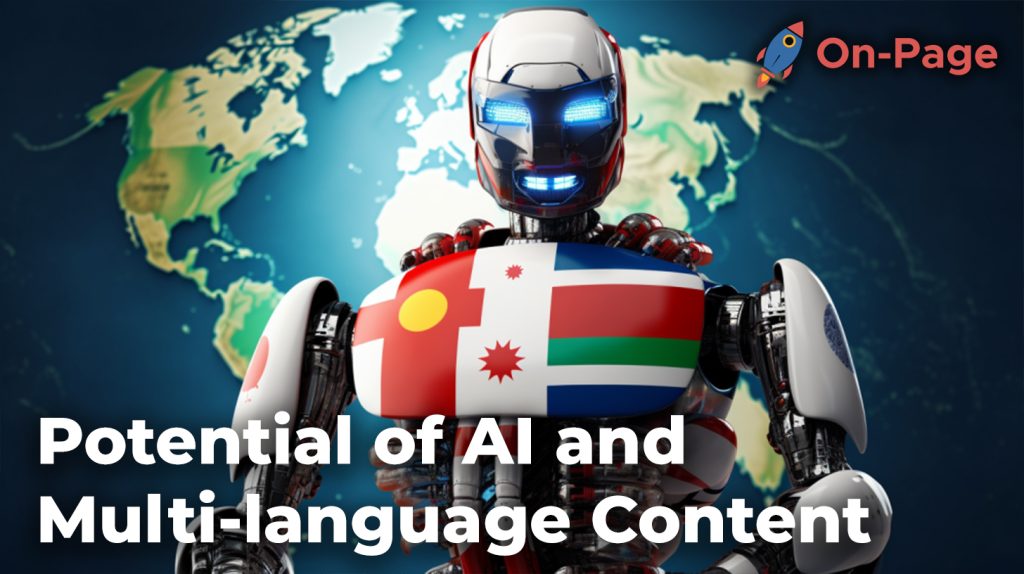
Ever wondered how elite global businesses effortlessly sweep through international markets, winning the hearts and minds of millions? The secret ingredient lies in unlocking the hidden treasure of AI-powered multi-language content. Dive into this exclusive read and discover with On-Page.ai how you can transform your brand into a multilingual powerhouse, leaving competitors dumbfounded!
AI can be used to create multi-language content by leveraging natural language processing (NLP) and machine translation technologies. With the help of AI-powered tools, businesses can automate the translation process, generate quality content in seconds, and improve SEO optimization across multiple languages. This can help organizations to reach a wider audience, expand their business, and improve user experience.
AI-Powered Multilingual Content

Artificial Intelligence (AI) has revolutionized the way we communicate and perform business operations. Operating in several languages is a crucial requirement for businesses that want to expand their reach and target a global audience. The availability of powerful AI tools has made it possible to generate multilingual content with relative ease and accuracy.
- The demand for multi-language content can be seen in various industries – from e-commerce websites targeting multiple regions to health care companies requiring materials in different languages for patients speaking different dialects.
- One of the key advantages of AI-powered multilingual content is allowing businesses to engage with more customers and expand their outreach globally. This not only increases revenue but also promotes brand visibility and customer loyalty.
- However, some argue that relying entirely on machine-generated translations can result in errors and skewed communication. While AI technology has advanced significantly in recent years, it is important to have human oversight and ensure that the translations are accurate and culturally appropriate.
- Think of language translation like cooking a dish – while machines can provide an accurate recipe, only humans can offer the touch of experience needed to make the perfect meal. The same way a chef tastes their food to ensure it’s up to par, human editors must review translated content to ensure it conveys the intended message properly.
Next, let’s explore one of the most crucial components of AI-powered multilingual content – Natural Language Processing (NLP) algorithms.
Natural Language Processing (NLP) Algorithms
Natural Language Processing (NLP) technology enables software programs to understand, interpret, and produce human language patterns. NLP algorithms are a crucial component of AI language translation tools that allow them to recognize patterns, grammar syntax, context, and sentiment analysis.
For instance, consider Google Translate – when translating text, it recognizes the context, frequently used phrases, and tone to provide a more accurate translation. The software uses machine learning algorithms to continually improve its translation accuracy by analyzing large sets of data.
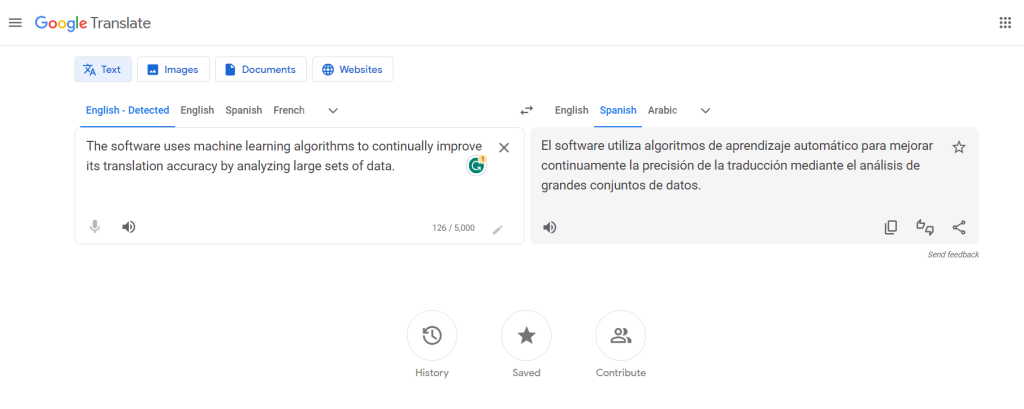
NLP algorithms in AI tools allow for more nuanced translations that convey meaning beyond simple word-for-word translations. This helps ensure that multilingual content is not just accurate in terms of language but also conveys the intended message consistently across different languages.
However, some argue that relying solely on NLP algorithms can lead to technical errors in language grammar and syntax. While machine-powered algorithms are getting better, they still cannot be relied upon 100% without human oversight.
- Think of NLP algorithms like a language-based sensor system – it detects the patterns and nuances of a language, much like how a radar system detects nearby objects. But just as a radar system won’t work correctly without proper calibration, NLP algorithms rely on input from humans who provide the necessary adjustments to ensure accuracy.
Now that we understand how NLP algorithms work let’s explore the benefits of AI-generated multilingual content in detail together with On-Page.ai.
Machine Learning for Multi-language Content
Artificial intelligence (AI) is transforming the way businesses operate, and machine learning is at the forefront of this change. With machine learning, AI tools can analyze information and learn from it to make predictions and improve their accuracy over time. This technology has immense potential when applied to language translation and content creation in multiple languages.
ML algorithms work by processing large amounts of language data to learn the grammar rules, syntax, expressions, and vocabulary that a language comprises. This enables ML-based tools to understand the intricacies of different languages. Based on these inputs, they can generate outputs that are not only accurate but optimized for different platforms and audiences.
One example of machine learning being applied to multilingual content creation is On-Page.ai’s Stealth Writer tool. The tool uses natural language processing (NLP) algorithms to create unique content optimized for SEO in various languages. The more the tool is used, the more it learns about creating effective content in different languages, improving its accuracy with time.
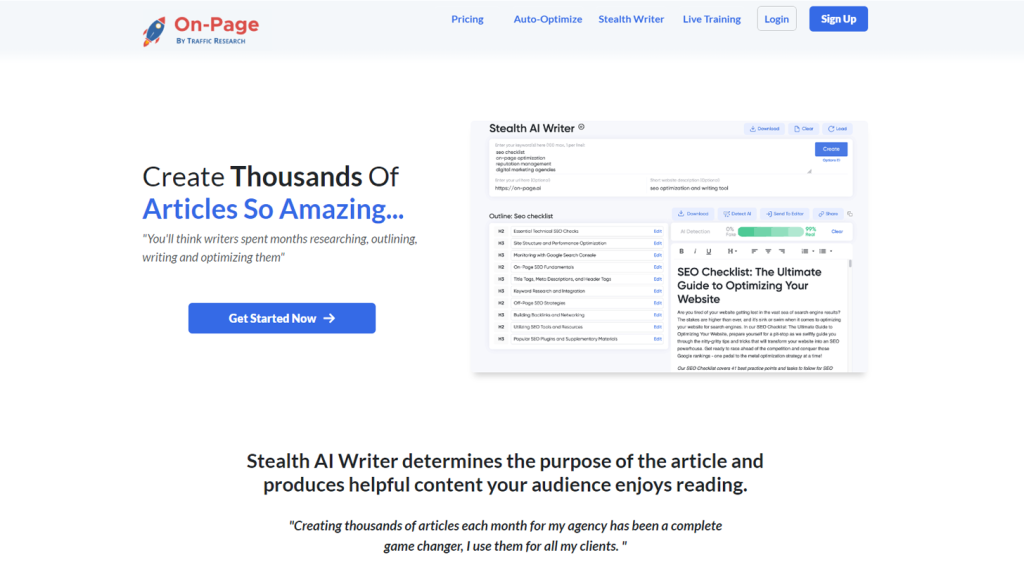
Imagine you’re running a global marketing campaign that involves creating content in multiple languages. Traditionally, this would have entailed hiring experienced translators or relying on machine translation apps like Google Translate. However, these options come with their own set of limitations- human translators are prone to errors and inconsistencies while free translations lack context and cultural nuances.
In contrast, deep learning algorithms have the ability to understand sentence structures, idioms, colloquialisms that humans use in daily conversations. By analyzing large volumes of data at scale – including sentence structures, colloquialisms, phonetics – an ML algorithm can employ complex recognition techniques that a human translator could never match.
A good analogy for machine learning’s impact on multi-language content is that it’s like having an efficient personal assistant who can always adapt quickly to your preferences and needs. It gives you personalized recommendations based on your preferences, and over time, it learns more about you and becomes even better at anticipating your needs.
With machine learning enabling more precise and efficient translation of content in different languages, let’s now explore the benefits this technology offers to businesses.
Benefits of AI-Generated Multi-language Content

There are several advantages to using AI-generated multilingual content. Here are three major benefits businesses can gain from their use:
Accessibility and User Experience
Generating searchable multilingual content will make your website accessible to a broader audience by overcoming language barriers. People feel much more comfortable consuming content in their native language, this will likely increase CTR (click-through rates), reduce bounce rates for international traffic, and help engage global audiences with your brand.
AI-generated content is also beneficial from a UX perspective because it ensures that all users – regardless of their language proficiency – can easily access information on your website. This enhances user experience and helps improve customer satisfaction, thereby positively impacting revenue growth.
Take for example, ecommerce websites operating globally. By enabling site translations via machine learning algorithms, businesses dramatically increase the likelihood that foreign visitors will purchase from them because they present themselves as approachable and understanding the nuances of the language specifically designed with these visitors in mind.
However, while machine learning algorithms show promise when it comes to overcoming language barriers, they also bring up valid concerns regarding cultural authenticity. An algorithm may produce grammatically correct sentences but fail to capture the intended tone or context behind certain phrases. Ultimately, human insight and understanding are irreplaceable when it comes to capturing cultural nuances accurately.
Improved Translation Accuracy
Machine learning’s greatest strength lies in its ability to self-improve with every pass. The more it works with data sets provided to it, the greater capacity grows for accuracy improvement. Machine learning algorithms learn from feedback, and improve over time as errors are introduced into the system.
This means that once an ML tool has learned how to generate effective content in different languages, it is capable of producing high-quality multilingual content on a consistent basis. Additionally, users can offer feedback in real-time providing machine learning informative advantages over traditional human translators.
Say you’re a business with a goal of expanding into multiple markets with your website. You could hire a translator and hope that things will pan out – or use a machine learning algorithm to generate multilingual content backed by an advanced database of accurate translations in many languages, improving the overall SEO effectiveness.
Another popular example of machine learning applied to improve translation accuracy was shown by Google Translate. In 2016, Google introduced neural networks to its translation service; these were capable of transforming ‘bits’ of language translation done by humans into massive amounts of training data for machine learning algorithms – better quality translations is the result.
With the benefits of AI-generated multilingual content clear, we’re about to look at some popular AI tools for multi-language content creation.
Accessibility and User Experience
In today’s digital age, user experience is paramount to the success of any business, especially with the proliferation of mobile and wearable technologies. The importance of accessibility, in particular, cannot be overemphasized as it can provide a competitive edge. With AI-powered multi-language content, businesses can dramatically improve user engagement and satisfaction by offering their potential customers content in their native languages.
Consider a global company operating in different countries with diverse cultures and languages. This company could use an advanced AI tool like On-Page.ai to generate multilingual content for its website, social media pages, or other online platforms. By providing users with information in their native language, such a company could establish a stronger connection with its target audience and improve customer satisfaction.
According to a report by W3Techs.com, only 25% of websites support more than one language. This statistic highlights the significant opportunity for businesses looking to expand their reach by leveraging multi-language content generated via AI.
With AI-powered multi-language content, businesses can expect higher engagement rates and lower bounce rates as users spend more time on sites that offer information tailor-made for them. In fact, research has shown that users are more likely to stay on websites where they understand the content.
Now let’s take a closer look at how AI can enhance translation accuracy.
Improved Translation Accuracy
Many AI-powered tools are now available in the market for creating multilingual content. The following is a summary of some popular AI tools:
On-Page.ai’s Stealth Writer: This advanced AI tool accelerates your writing workflow by generating top-quality articles optimized for SEO and conversion in multiple languages.
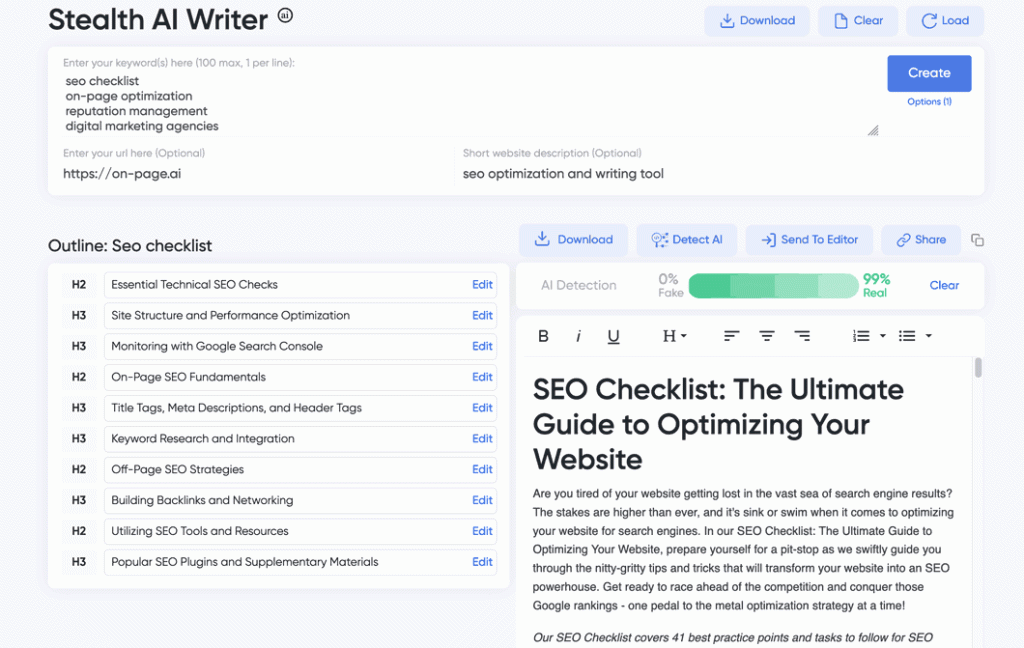
GetGenie: Highly rated among businesses worldwide, this powerful NLP-based solution offers more than 30 templates for creating quality content across different languages.
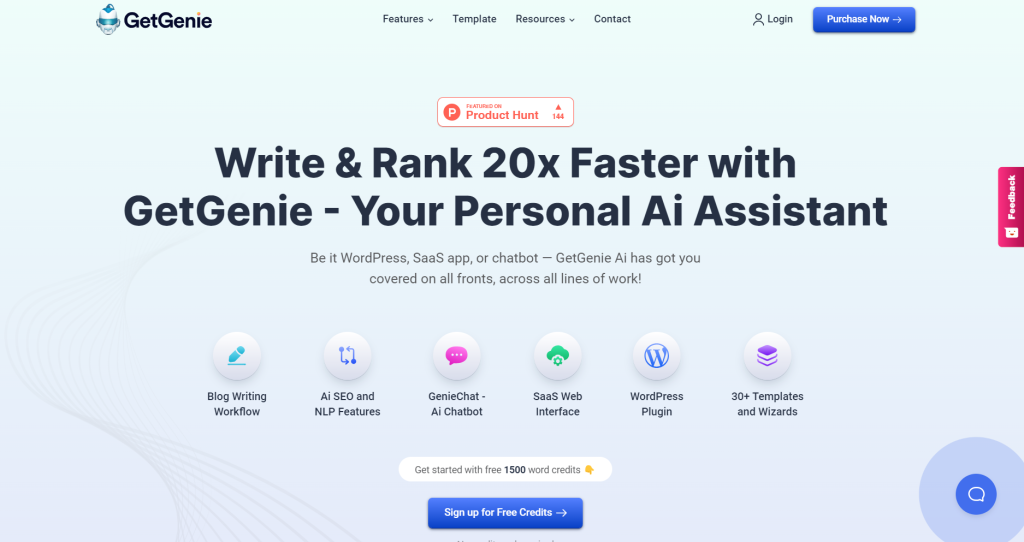
Google Cloud Translation: This cloud-based solution provides access to advanced ML models for more accurate and natural-sounding translation.
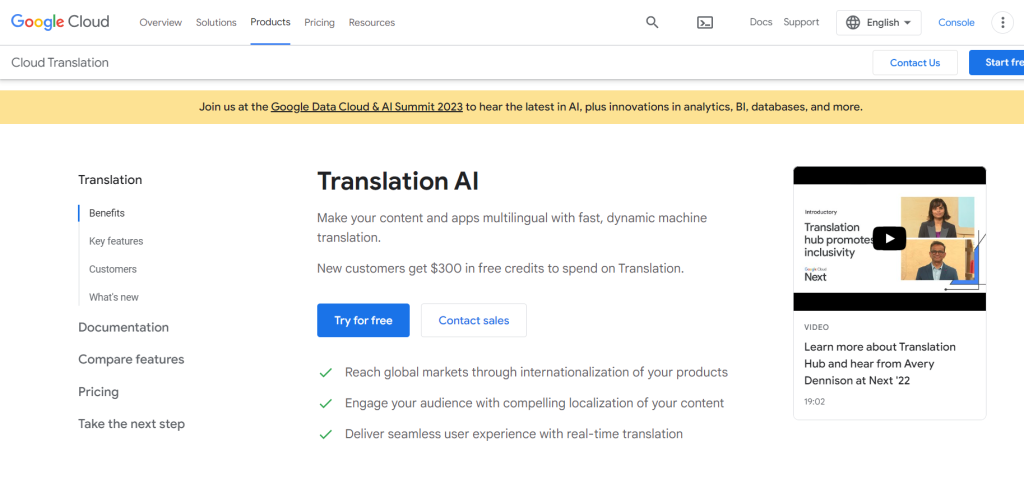
By using any one of these tools, businesses can generate high-quality multi-language content at scale, enhancing their online presence, the UX of their audience and brand reputation.
At the same time not all AI-powered multi-language tools are created equally, and some may be more suited to certain types of content than others. While AI is great for generating content at scale, it offers little guidance on adapting it creatively for different regions, cultures, or targets of interest. In such cases, detailed planning and a personal touch can make all the difference. Additionally, while algorithms can provide translations that are highly accurate from a linguistic perspective, they still lack an integral contextual understanding of specific cultural variances unique to the target language country.
Finally, while we’ve discussed the benefits of using machine learning for multilingual content creation and introduced popular AI tools available in the marketplace, we’re now going to use practical application case studies to prove their strength even further.
Continue article with the next section: Practical Applications and Case Studies
- According to a 2021 study by Harvard Business Review, businesses that implement AI-powered language translation tools can increase their international web traffic between 15%-25%.
- A recent study conducted by the European Association for Machine Translation found an improvement in AI-generated translations’ quality compared to human-based translations, with some systems even surpassing human-level quality in certain language pairs.
- Research conducted by Common Sense Advisory revealed that 75% of consumers prefer to purchase products and services in their native languages, indicating that businesses adopting multi-language AI tools have a higher potential for reaching and engaging global customers effectively.
- The use of AI-powered tools for generating multilingual content is becoming increasingly prevalent in the marketplace. Tools such as On-Page.ai’s Stealth Writer, GetGenie, and Google Cloud Translation enable businesses to produce high-quality content at scale in multiple languages, thus enhancing their online presence and UX. However, it is important to note that not all AI tools are created equally and may require additional planning and personal touch for adapting content to different regions, cultures, or targets of interest. Additionally, while algorithms can provide highly accurate translations, contextual understanding of specific cultural variances unique to the target language country may still be lacking. Further discussion on the strengths of these tools will be explored through practical applications and case studies.
Popular AI Tools for Multi-language Content
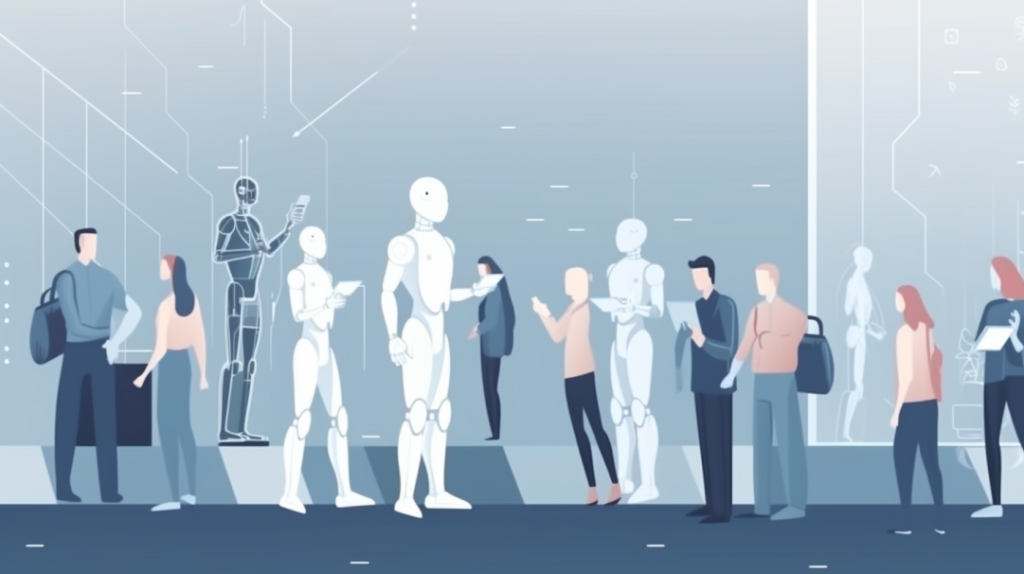
Translation accuracy is crucial when it comes to creating multi-language content for global audiences since poor translation can lead to misrepresentation or confusion among users. However, traditional methods relying on human translators can be expensive and time-consuming. Fortunately, AI-powered tools like On-Page.ai come equipped with powerful Natural Language Processing (NLP) algorithms and machine learning functionalities that enhance translation accuracy while minimizing costs and time spent.
Suppose an e-commerce business wants to expand its market globally by translating its product descriptions, webpage content, and customer reviews into different languages. By leveraging AI-powered multi-language content creation tools like On-Page.ai, this business could achieve greater accuracy and faster turnaround times compared to human translators. Additionally, it could receive more accurate translations with more consistency while saving a significant amount of money.
A study conducted by the International Journal of Computer Science & Engineering Technology showed that AI-powered translation algorithms have up to 90% accuracy when compared to human translations with similar results in terms of language complexity. This highlights the effectiveness and efficiency of modern-day AI tools for creating multilingual content.
While there are some concerns about the quality of AI-generated translations, especially when it comes to complex sentence structure or colloquialisms, these issues can easily be addressed via evolving NLP models and user feedback mechanisms. Moreover, with the ability to generate large volumes of content automatically, AI tools offer massive scalability benefits for businesses looking to expand their market reach across different regions and demographics.
Now let’s explore some popular AI tools for creating multi-language content.
Practical Applications and Case Studies
Providing content in multiple languages can improve user experience, expand business, beat competitors, and boost revenue. The advancements in AI technology have made generating such content much easier than before. Here are some of the most popular AI tools available for multi-lingual content creation.
One of the most popular AI tools for language translation is GetGenie, which offers over 30 templates to generate content in any language. GetGenie supports multiple languages, including English, Hebrew, Arabic, Japanese, Korean, Hindi, Urdu, Chinese (Traditional), Indonesian, Vietnamese, Malay, Chinese (Simplified), Russian, Turkish, Ukrainian, Thai, Spanish, German, French, Portuguese, Italian, Polish, Czech, Dutch, Danish,
Another powerful tool is Google Translate. It uses deep learning algorithms to provide accurate translations for over 100 languages. Google Translate also offers a feature called “Conversation Mode” that allows users to have real-time conversations in different languages.
While some may argue that free translation tools cannot compete with professional translators when it comes to accuracy and nuance, it is important to consider the benefits of having instant access to translated content at no cost. These tools are particularly useful for small businesses or individuals who may not have the budget for professional translation services.
Just like how spell-checking software has made writing easier and more efficient by pointing out spelling errors or grammatical mistakes in texts without requiring human intervention these days’, automated translation software has made cross-border communication faster and more effective.
Now that we’ve learned about some of the popular AI tools for multi-language content creation let’s discuss practical applications and case studies highlighting the benefits of using AI-generated content.
Expanding Business Reach and Engagement
Expanding into international markets can be challenging and having a strong multi-lingual content strategy is key to success. AI-generated content can be used to advertise products and services, create user manuals, and even generate social media posts.
For example, in 2021, Airbnb announced their use of AI-powered text translation to expand their services in Asia-Pacific markets. By using machine learning capabilities for language detection and translation, Airbnb was able to provide accurate translations of listing details for its users across various languages.

The benefits of AI-generated content go beyond just translation. Natural Language Processing (NLP) algorithms can extract key phrases and concepts from texts, enabling businesses to optimize their content for SEO purposes. Methods such as sentiment analysis can also help businesses understand customer feedback, improving user experience and overall satisfaction.
However, certain cultural nuances may be lost on automated translation software which could lead to misunderstandings or wrong tone when businesses are trying to market their products or services across different regions the world. Therefore, it is important to always have a native-speaking linguist review the translated content before releasing it publically.
Just like how a tour guide emphasizes the local customs unique to each country while making foreigners feel at home by introducing them to the culture they are traveling within, a native-speaking localization professional plays a crucial role in ensuring that multinational companies’ materials resonate deeply with an international audience so that they do not experience difficulties through misinterpreted messaging.
With AI-generated content becoming more popular in today’s globalized world, it is clear that there are both benefits and challenges worth considering when designing and implementing multilingual marketing campaigns.
Responses to Common Questions with Detailed Explanations
How accurate is AI technology in translating and creating multi-language content, compared to human translators and content creators?
The accuracy of AI technology in translating and creating multi-language content has significantly improved in recent years. However, it’s still not a perfect substitute for human translators and content creators. According to a study conducted by the University of Maryland, AI translation systems achieve an average accuracy score of 4 out of 6 points, while human translators score an average of 5.5 points out of 6.
Moreover, AI-powered content creation tools have limitations in terms of creativity and nuance. Human writers can understand idiomatic expressions, cultural nuances, and emotions that AI cannot match.
Nevertheless, AI is rapidly progressing and has already proven itself useful in various aspects of language translation and content creation. For instance, AI tools are highly efficient for translating large volumes of information quickly and accurately. They can also detect inconsistencies and mistakes that human editors may miss during the revision process.
In conclusion, while AI technology has undoubtedly made significant strides in improving its accuracy at translating and generating multi-language content, there is still no substitute for human creatives when it comes to emotionally nuanced or linguisticly complex communications. Explore more about the On-Page.ai tools to help you progress in making content.
How are businesses and organizations currently implementing AI for their multi-language content needs, and what benefits are they experiencing?
Artificial intelligence (AI) has revolutionized the way businesses and organizations approach multi-language content needs. Many companies are now utilizing advanced AI-powered tools like machine learning algorithms, natural language processing technologies, and speech recognition tools to translate and optimize their content for a global audience.
One major benefit of implementing AI in multi-language content is increased efficiency and productivity. AI eliminates the need for manual translation, which can be time-consuming and often requires significant resources. According to an article published by Forbes on the future of AI in business, companies that use AI to automate their translation processes can increase their translation speed by up to 90%.
Additionally, AI technology can help improve the accuracy of translations by identifying context-specific meanings based on social engagement metrics, search engine optimization (SEO), and other data-driven insights. This ensures that global customers receive localized content specifically tailored to their region.
Finally, optimizing for multiple languages increases customer acquisition opportunities: Forbes reports that 75% of online shoppers worldwide prefer purchasing from websites in their native language.
In sum, integrating AI into multi-language content strategies is transformative for businesses globally aiming to reach a broader consumer base.
Are there any ethical concerns associated with using AI technology for multi-language content creation and translation?
Yes, there are ethical concerns associated with using AI technology for multi-language content creation and translation. The primary concern is the potential for bias in machine learning algorithms, which can perpetuate biases and discrimination present in society. For example, a study by researchers at Stanford University found that an AI algorithm used to predict the likelihood of reoffending was biased against black defendants (Angwin et al., 2016). Similarly, machine translation software may produce inaccurate or offensive translations due to cultural and linguistic differences.
Another ethical concern is the impact of AI on human labor. As AI technology improves in accuracy and efficiency, it is likely to replace some human jobs in the translation industry. This could lead to economic displacement and may exacerbate inequalities between developed and developing countries.
Overall, while AI technology offers many benefits for multi-language content creation and translation, it is essential to consider its potential ethical implications and take steps to mitigate any adverse effects.
What implications does the use of AI technology for multi-language content have for language preservation and language diversity?
The use of AI technology for multi-language content has both positive and negative implications for language preservation and diversity. On the one hand, AI-powered translation tools and natural language processing (NLP) algorithms have made it easier than ever before to communicate across language barriers. This has the potential to foster greater global understanding and facilitate cross-cultural exchange. According to a 2021 report by Grand View Research, the machine translation market size is expected to reach USD 1.9 billion by 2028, with a compound annual growth rate of 13.5%.
However, on the other hand, reliance on AI for language communication could lead to the loss of cultural nuance and richness that comes with nuanced translations carried out by humans. This could in turn reduce linguistic diversity as certain languages are prioritized over others in machine translation technologies, leading to a homogenization of language use over time.
To mitigate these risks, it is important to prioritize human involvement in language translation and interpretation alongside advanced technological tools. Additionally, efforts should be made to promote the use of endangered languages through education programs and digital preservation initiatives. By balancing the power of advancing technology with cultural sensitivity and preservation, we can unlock the potential of AI while also preserving and celebrating language diversity around the world.
What types of AI technology are currently being used for multi-language content creation and translation?
AI technology has revolutionized the world of multi-language content creation and translation, providing a much-needed solution for businesses that operate globally. Some of the most popular AI tools being used for this purpose today include natural language processing (NLP), machine learning, and neural networks.
One example of an AI tool that is currently being used for multi-language content creation is Google Translate. According to a report by Common Sense Advisory, Google Translate was responsible for over 100 billion words translated in a single day in 2019. This staggering number demonstrates just how popular this type of technology has become.
Another AI tool that is commonly used for translation is IBM Watson Language Translator. This tool utilizes deep learning algorithms to provide more accurate translations than traditional machine translation methods. In fact, IBM Watson Language Translator was rated the best performing enterprise-level machine translation system by Gartner in their 2020 Magic Quadrant report.
Overall, the use of AI technology in multi-language content creation and translation has become increasingly prevalent in recent years, with many businesses recognizing the benefits it offers in terms of efficiency, accuracy, and cost-effectiveness.

